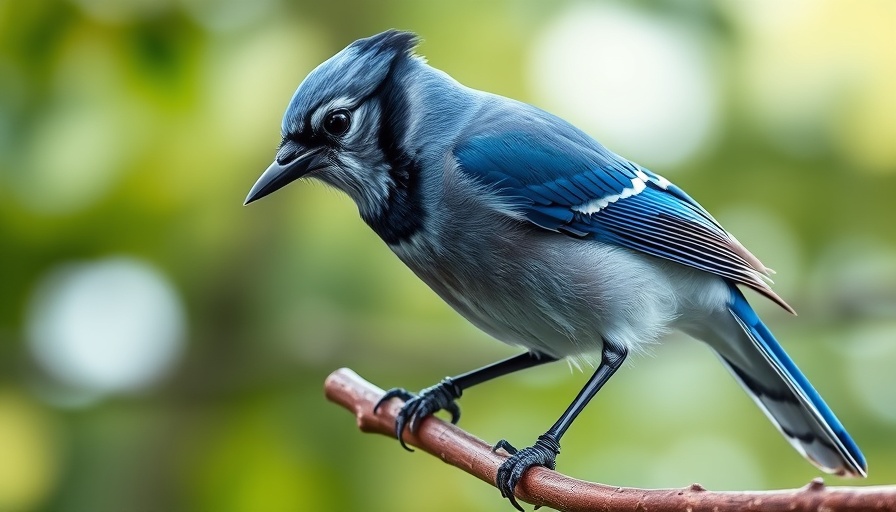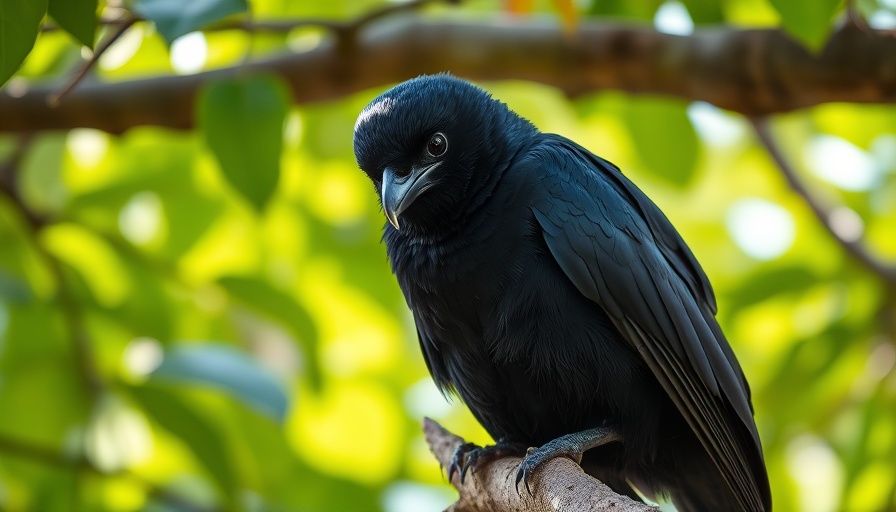
Europe on Alert as Bird Flu Strikes Germany and Portugal
As the autumn season approaches, the H5N1 bird flu virus has resurfaced in Europe, striking poultry farms in both Germany and Portugal. Reports indicate that over 1,100 birds have been culled to prevent further spread of this avian influenza strain, which poses a significant risk to both animal health and economic stability in the region.
Understanding the H5N1 Threat
The H5N1 strain of bird flu is known for its severe impact on poultry populations, leading to high mortality rates. It is considered a zoonotic disease, meaning it can potentially infect humans, though transmission is rare. As countries brace for seasonal outbreaks, the vigilance of agricultural and health officials is critical in preventing the virus from entering commercial poultry operations. With previous outbreaks having devastating economic consequences, the recent cases have sent shockwaves through the farming communities.
Rising Concerns About Food Supply and Prices
As governments move to contain the virus, there are growing concerns about how these outbreaks may affect food supply chains and market prices for poultry products. In the past, similar outbreaks have resulted in skyrocketing prices, impacting consumers and the agricultural economy. Ensuring that robust biosecurity measures are in place will be essential to mitigating these risks.
The Role of Public Health Surveillance
This situation underscores the importance of public health surveillance systems. The World Organisation for Animal Health (WOAH) has reiterated the need for monitoring avian species and reporting unusual mortality rates among birds to catch outbreaks early. By focusing on preventive measures and transparency in reporting, European nations can better prepare for and respond to future incidents.
 Add Row
Add Row  Add
Add 




Write A Comment